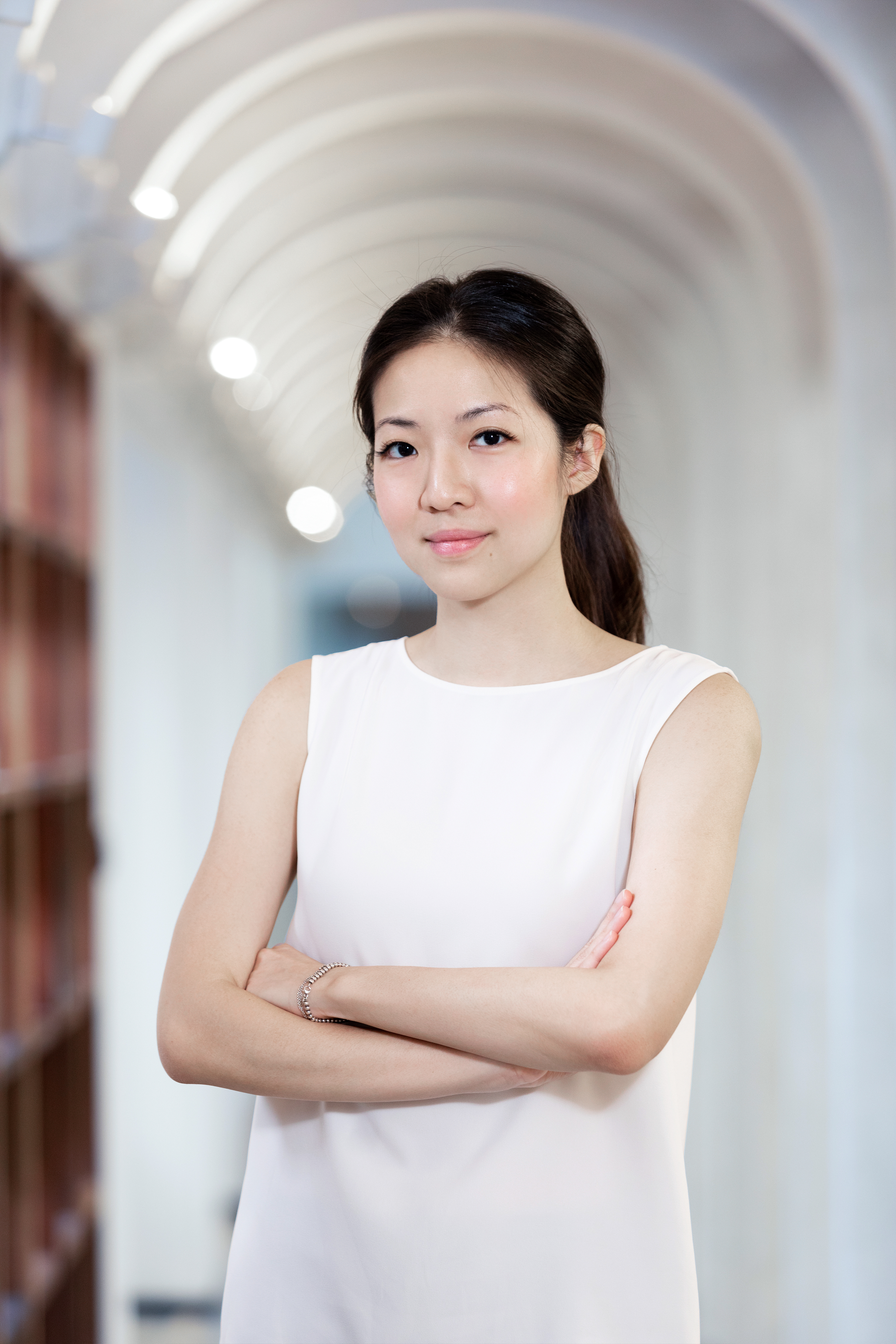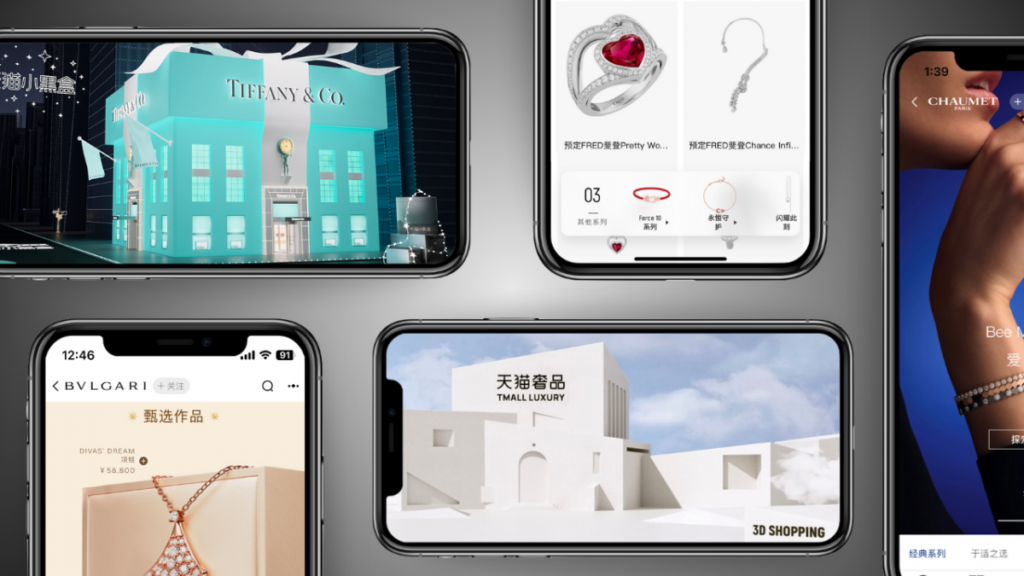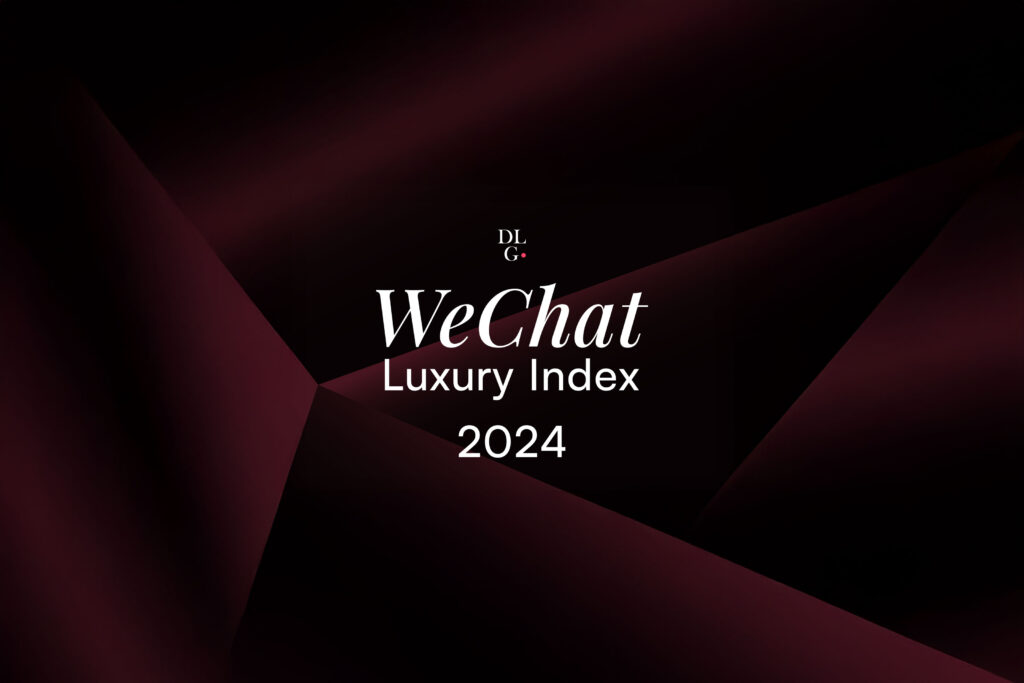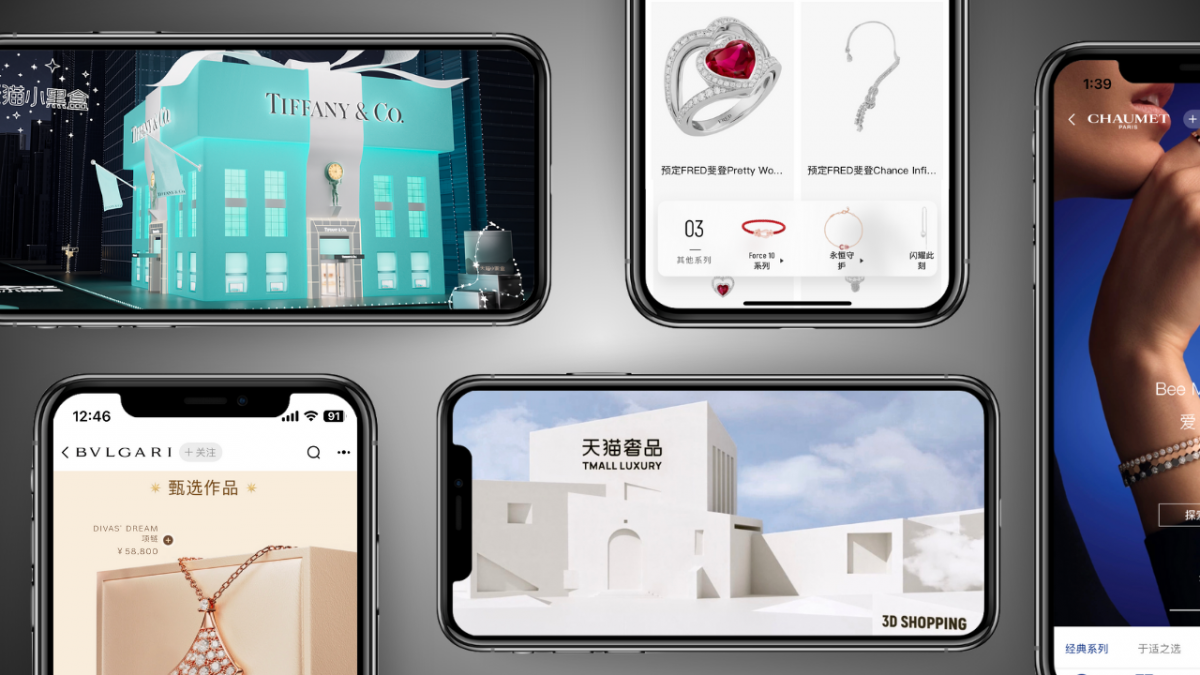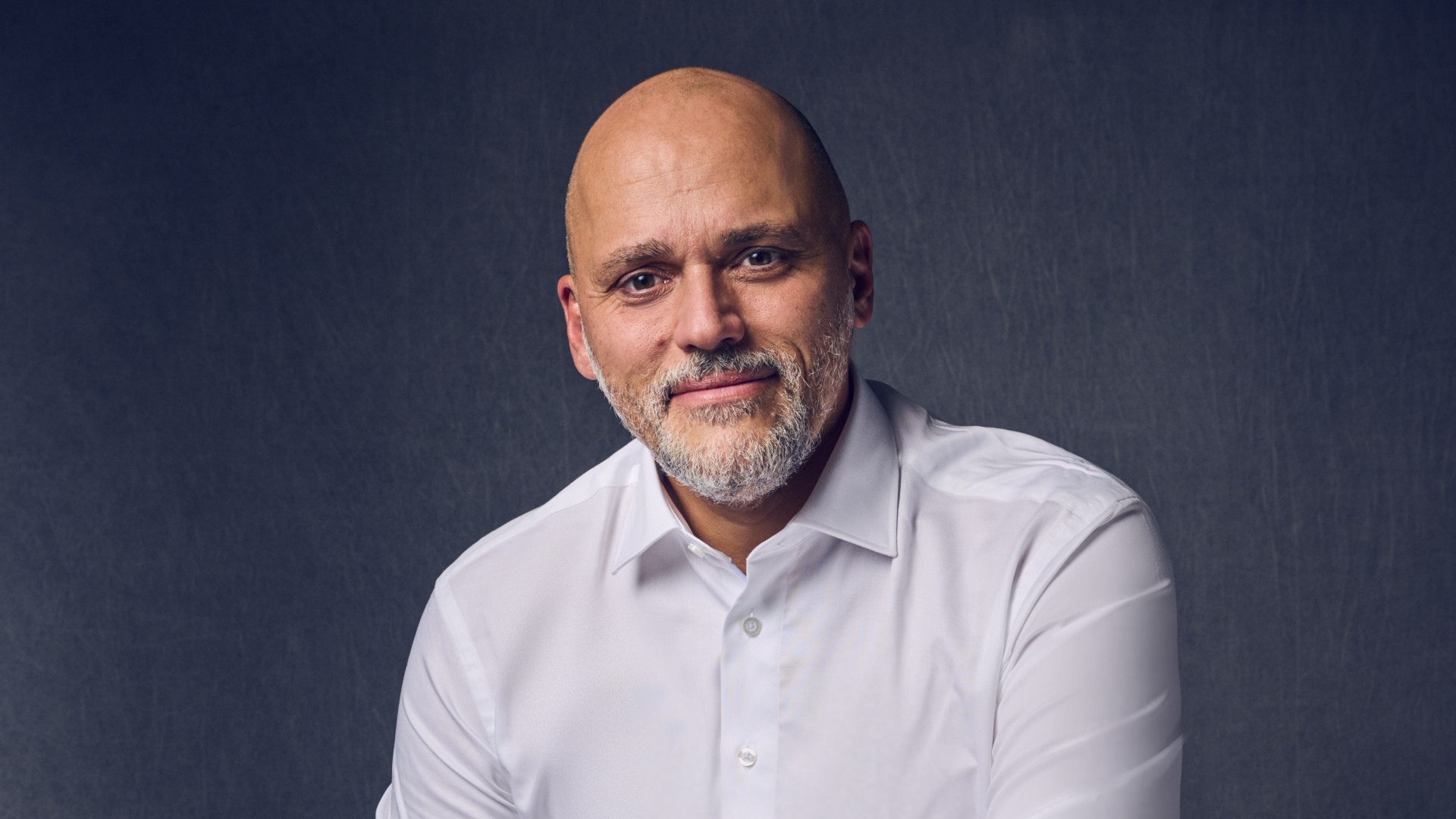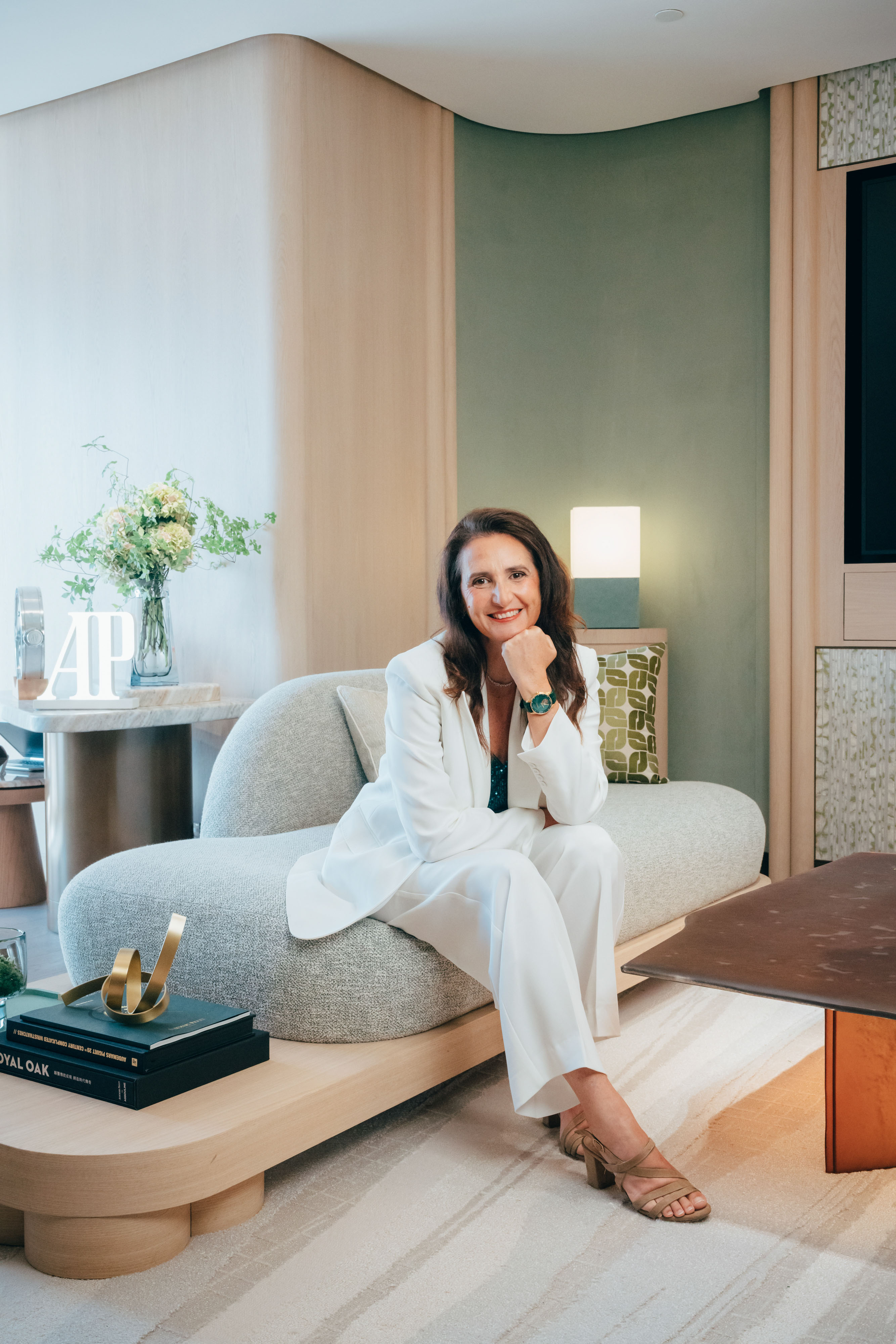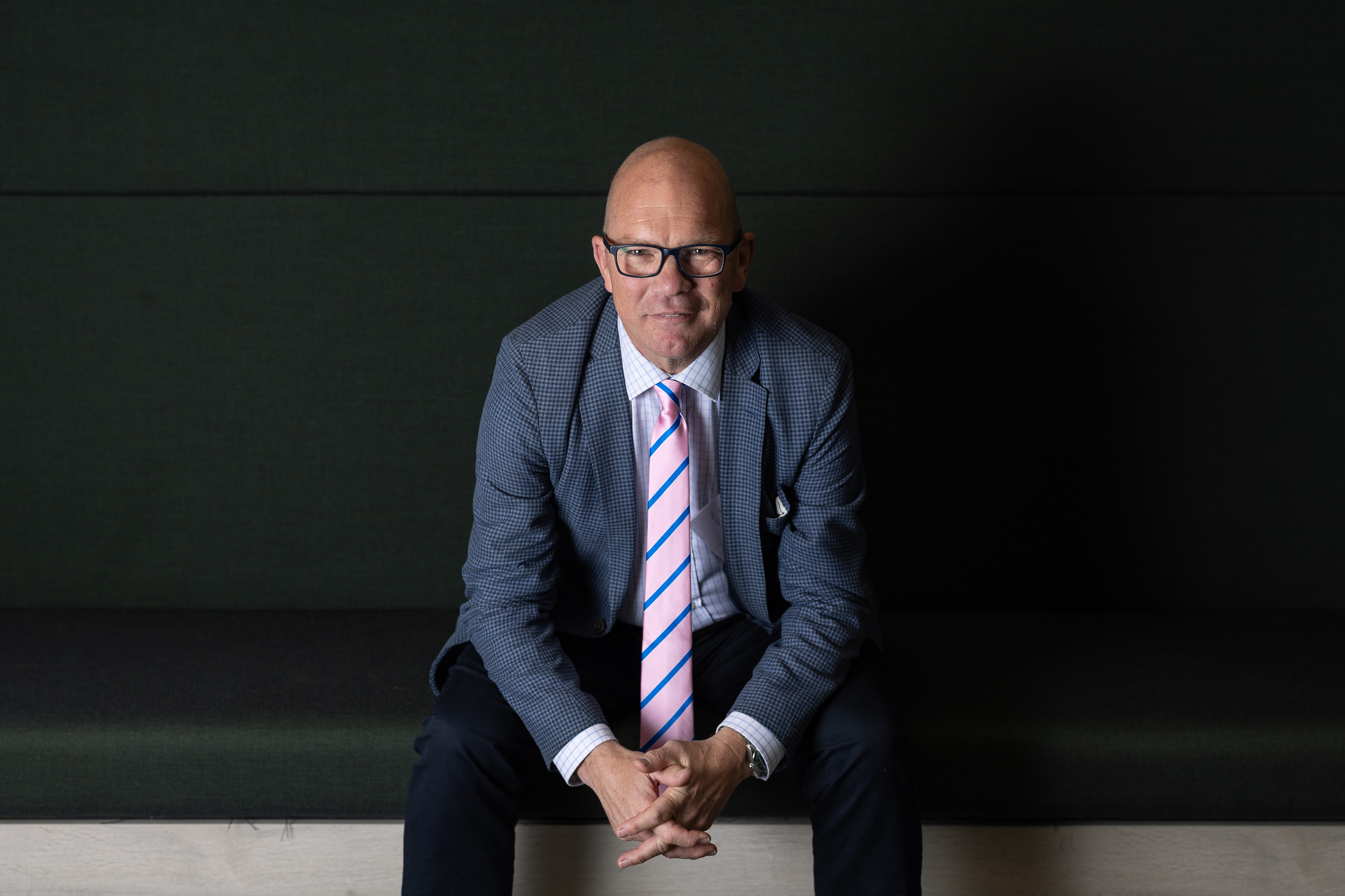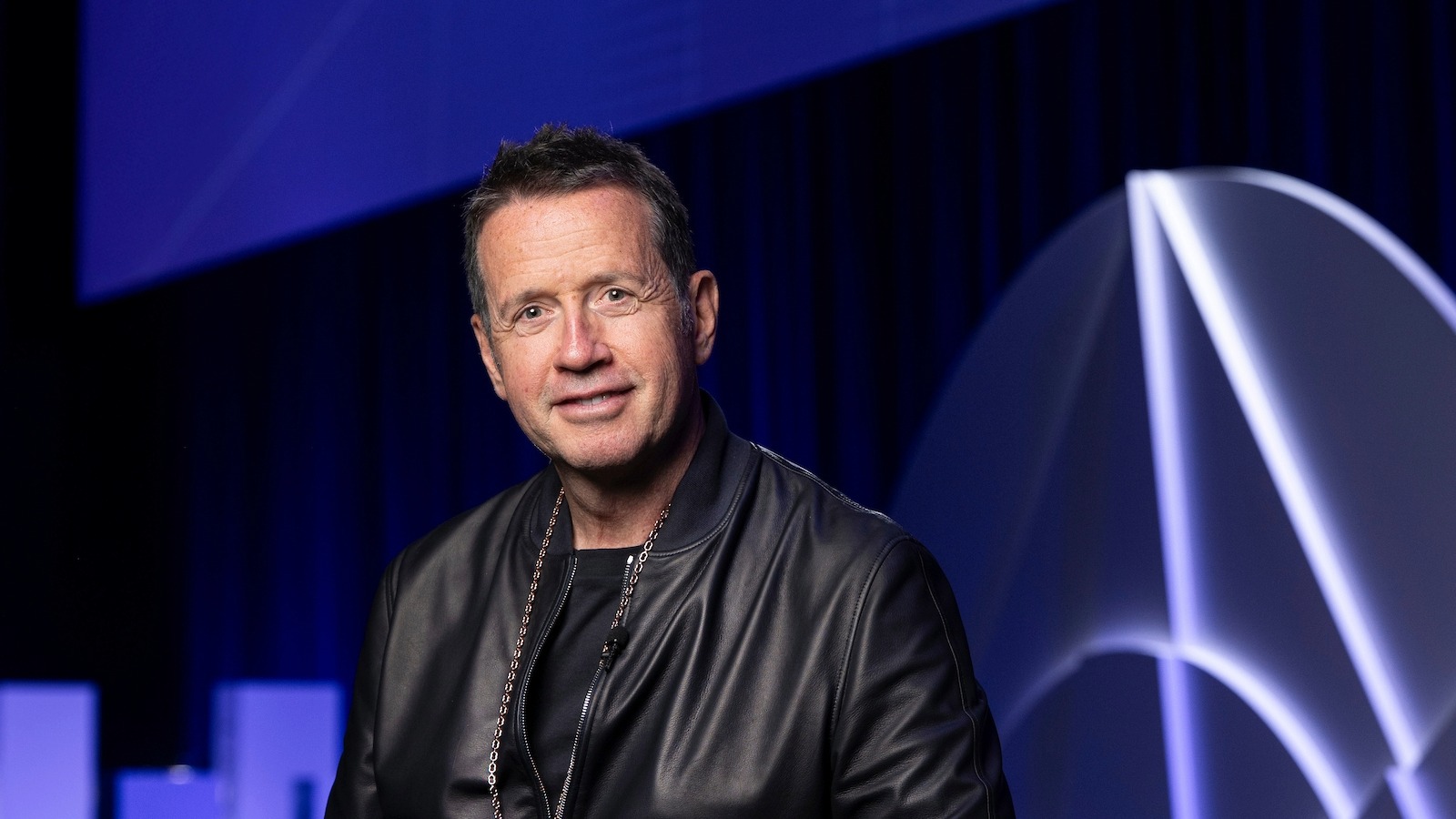As the post-pandemic spending spree slows, industry expert Luca Solca warns that aggressive pricing without innovation has left many brands vulnerable
The luxury industry is entering a new phase of maturity after years of exceptional pandemic-era growth. What began as unprecedented consumer euphoria driven by pent-up demand and stimulus spending has evolved into a more measured market environment where brands must compete more strategically for consumer attention.
Between 2019 and 2023, the personal luxury goods sector achieved a remarkable 5% compound annual growth rate (CAGR), according to research by McKinsey & Company and The Business of Fashion (BoF), with luxury brands outperforming global markets and reaching new profitability records. Now, as this extraordinary period normalises, the industry is adapting to more moderate growth rates and heightened consumer expectations.
In a recent episode of The Luxury Society Podcast, Luca Solca, Managing Director of Luxury Goods at Bernstein, offered a candid assessment of how the industry arrived at this transition point and what brands must do to thrive in this evolving landscape.
A Recalibration of Luxury Consumption
The current luxury market correction didn’t emerge in isolation. Solca contextualises today’s challenges within the broader trajectory of luxury’s expansion over the past three decades. “We need to take into account the context of the past 30 years or so, where luxury has been a very high-growth industry. On the back of income and wealth inequality rising, and the global economy creating new markets where, like in China, in the most recent, 30 years, GDP growth has been faster than in the West, and where we had a larger number of people moving into the middle class,” he says.
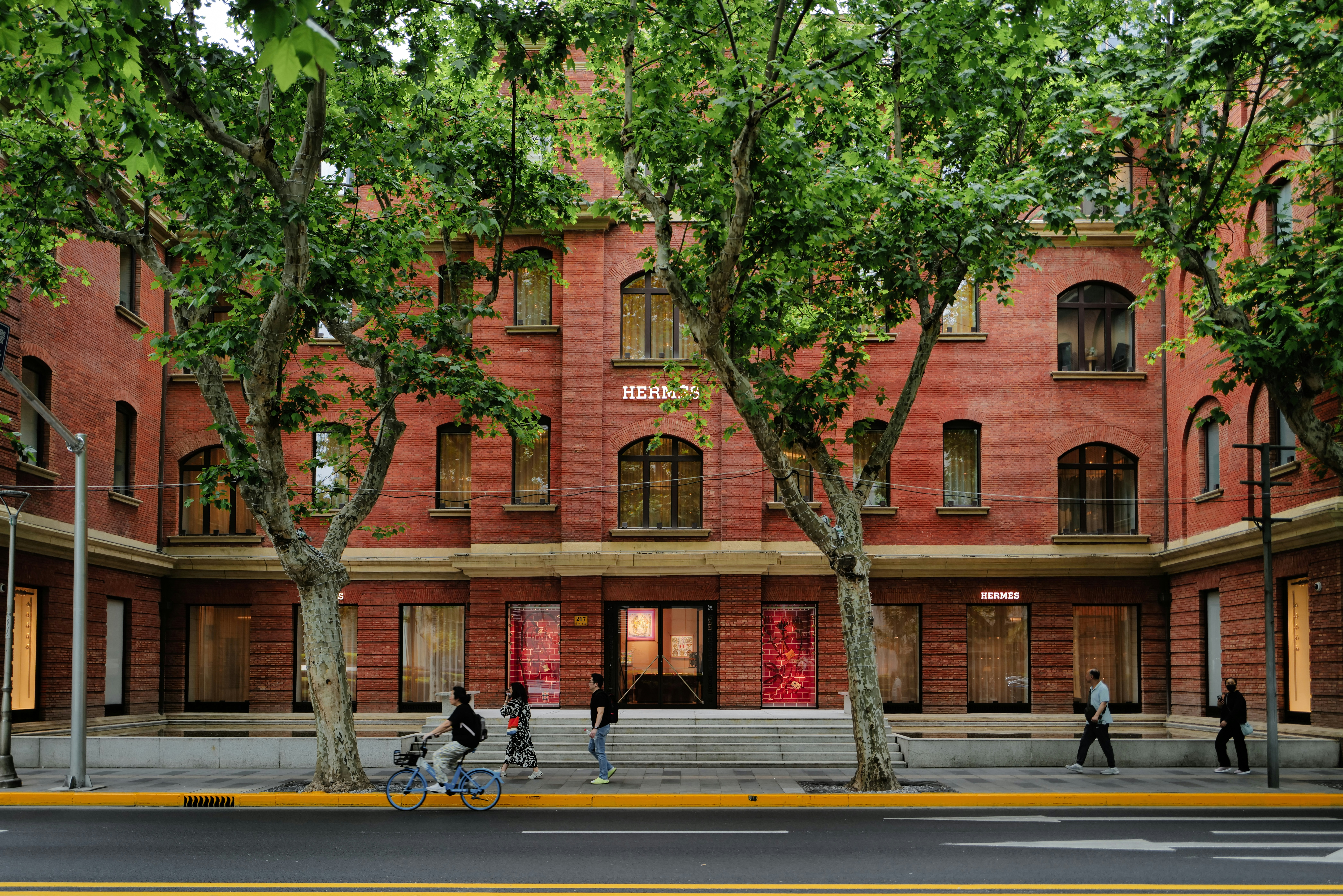
The numbers tell the story of luxury’s remarkable ascent. According to Statista, the global luxury goods market generated revenues of USD $354.81 billion in 2023, representing a significant recovery from the pandemic-induced low of USD $259.14 billion in 2020. Yet this growth trajectory has now fundamentally shifted, with growth expected to slow dramatically to 1 – 3% annually between 2024 and 2027.
The fact of the matter is that the pandemic created what Solca describes as a “discretionary spend super-cycle”, which fundamentally altered consumer behaviour. “If you take ’21, ’22, and the good part of ’23, a lot of people in the West have been spending very freely, which has brought a golden age for luxury goods but also for restaurants, for travel, for hotels, and so on. But I think at least in some cases, especially if we look at the middle class consumers, there was a sobering up of this post-pandemic euphoria, just because inflation was catching up with them and they were forced to moderate.”
Pressure on Brands to Refine Value Proposition
The shift in consumer sentiment has created intense pressure on luxury brands to justify their pricing strategies. During the boom years, price increases drove more than 80% of growth while volume gains remained modest, according to McKinsey analysis. Many brands grew dependent on pricing as their primary revenue lever, implementing increases that far outpaced inflation. This formula is now breaking down.
“[Brands] that have decided to increase prices the most, are the ones in general that are more under pressure today as they struggle to justify their value for money propositions in the eyes of consumers that are sobering up from ‘you only live once’ attitudes,” Solca warns.
The data supports this assessment. Chanel raised prices of its small Classic Flap bag by “an average of 21% in 2020 and a further 30% in 2021”, according to Jefferies analysts, with the strategy initially working as Chanel reported sales rose 16% on a comparable basis to USD $19.7 billion in 2023, with the breakdown of the 16% top-line growth being 9% pricing and 7% volume. However, price increases appear to have reached a ceiling, and higher prices are negatively affecting demand from aspirational luxury consumers. In 2024, Chanel’s total sales fell by 4.3% to USD $18.7 billion.
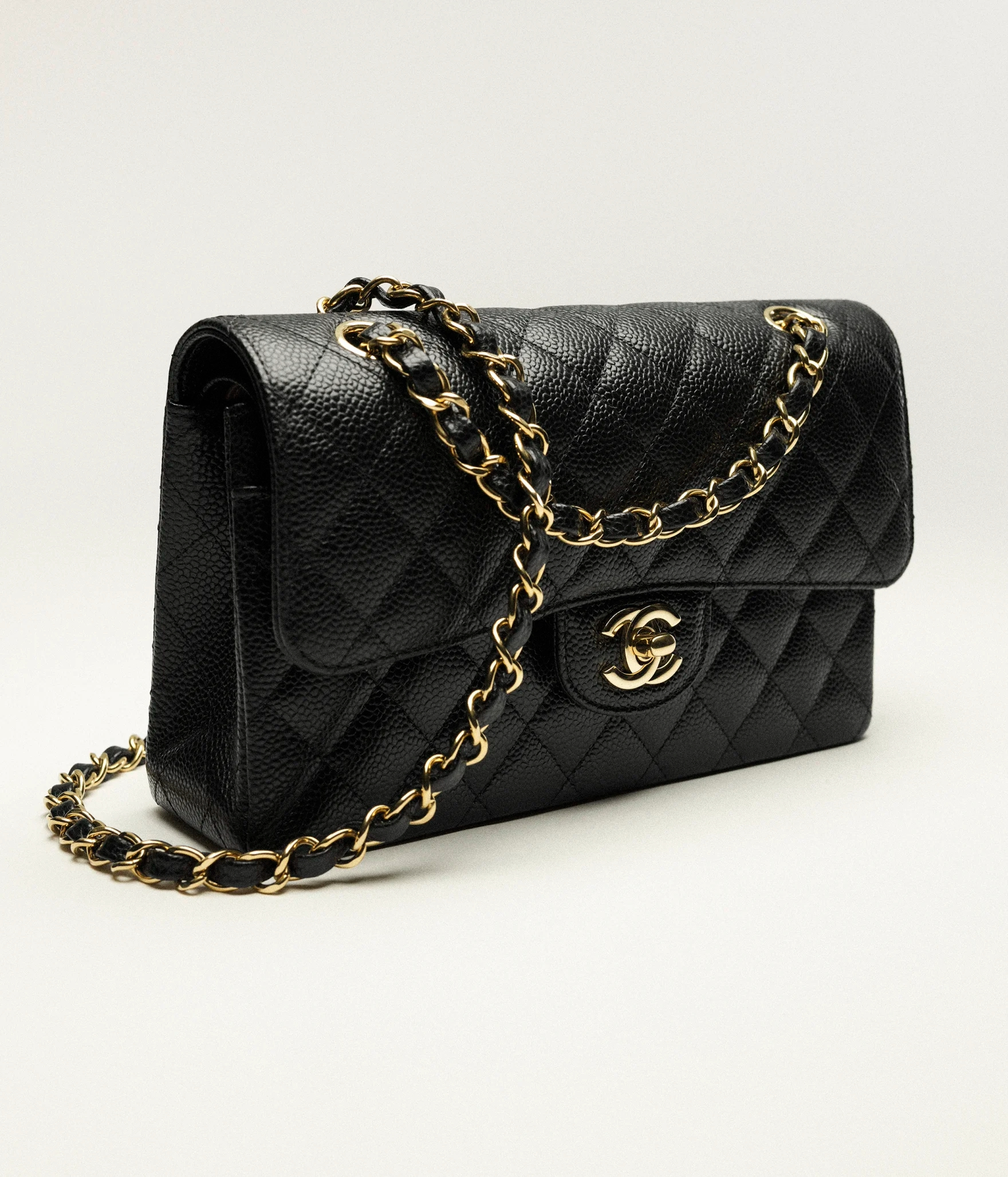
Credit: Chanel
Beyond pricing, Solca also identifies innovation – or the lack thereof – as a critical differentiator. “Many brands decided that they didn’t have to do much because in the post-COVID boom, they could continue to do more of the same and sell the same products, likely at higher prices. Those that were innovative during that time, those that continued to bring newness to the market, even small players, have been doing very well because they’ve been attracting a lot of consumer attention, especially from established consumers [who] have been buying luxury products for a long time, and needed new stimuli to be parting with their money.”
The Rise of the Experiential Economy
This innovation imperative extends beyond products to retail experiences themselves. “Competition in retail is evolving. What we’ve seen for sure is an escalation driven by the largest players, driven by LVMH first and foremost in opening significantly better, significantly larger, significantly more meaningful stores, which is putting pressure on everyone else,” Solca observes. The stakes have been raised dramatically: “When you look at the Dior flagship in Avenue Montaigne, being 12,000 square meters, including a museum, including some original rooms of the Dior headquarters, including a private penthouse where you can invite very important clients with 12 people at their service, including a cook and everyone else… that defines a very significantly higher bar.”
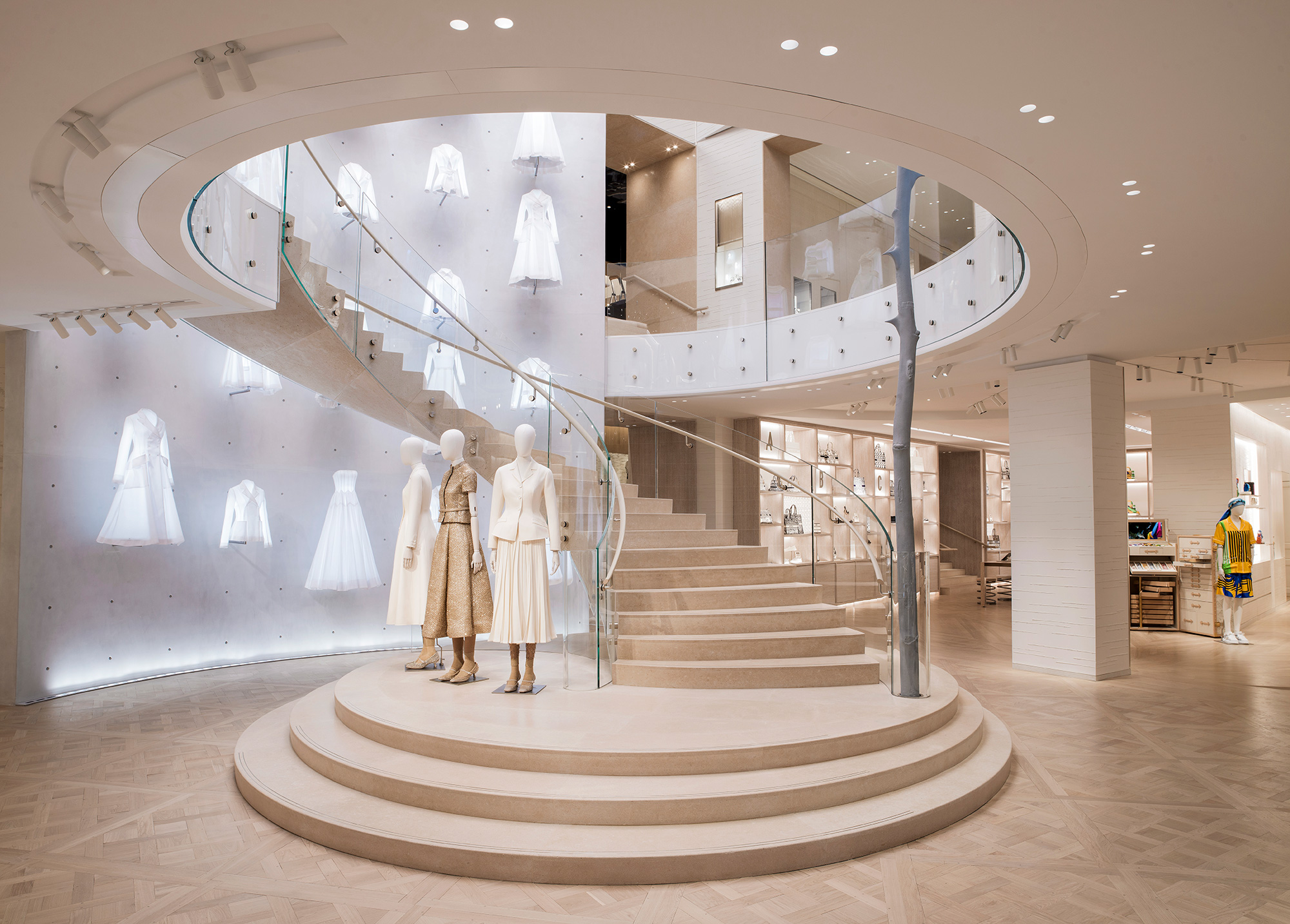
Credit: Kristen Pelou
This retail race reflects a broader shift toward experiential luxury, where brands must justify premium pricing through immersive, memorable encounters rather than products alone. The polarisation in brand performance mirrors this divide between those investing in comprehensive experiences and those relying solely on traditional approaches.
Return of Chinese Luxury Spending
China’s luxury landscape has been undergoing significant changes. While the domestic market contracted significantly, Chinese consumers simply relocated their spending rather than abandoning luxury altogether. “Because of this redistribution of consumption from a hundred percent in China during the pandemic to today, where up to 40% of luxury consumption happens outside China, has had an impact on this one KPI that can be quite misleading, which is the consumption of luxury in China,” says Jacques Roizen, luxury retail expert and Managing Director of DLG China Consulting, in an earlier episode of The Luxury Society Podcast.
According to Bain & Company’s China Luxury Report, overseas purchases are reaching 50% of 2019 levels in Europe and exceeding pre-pandemic levels by 120% in Asia Pacific. This geographic shift was largely driven by pricing disparities, particularly with Japan offering more attractive luxury prices than mainland China due to the weak yen.
However, the increase in overseas shopping did not offset the decline in onshore sales, resulting in an overall decrease of 7% in total Chinese luxury goods spending, as reported by Bain & Company.
The market outlook remains cautiously mixed, with analysts projecting continued weakness through the first half of 2025, with potential recovery in the latter half, creating an overall flat performance for the year. Late-2024 government stimulus measures provided some relief in the fourth quarter, while the low penetration of luxury goods across China’s broader population suggests untapped long-term potential.
This correction has created a more discerning Chinese consumer base that will likely reward genuine innovation and compelling value over brands that merely inflated prices during boom years. With top-tier Chinese consumers accounting for 45% of luxury sales – a proportion expected to grow – their refined expectations will serve as a crucial test for brands navigating this transformed landscape.
Beyond the Boom
As the luxury industry navigates this transition, Solca’s insights reveal a sector at a crossroads. The recalibration of luxury consumption has exposed the limitations of growth strategies built primarily on price increases and market expansion. The pressure on brands to refine their value propositions has separated the winners from the losers, while the return of Chinese luxury spending offers both opportunity and accountability.
The brands that emerge stronger from this period will be those that invested in innovation, maintained creative momentum, and built genuine relationships with consumers even during the easy-growth years. As Solca’s analysis makes clear, the era of unlimited growth through pricing power alone is over – success now depends on delivering authentic luxury experiences that justify premium prices in an increasingly sophisticated market.
__________________________
Listen to the full interview with Luca Solca on Episode 8 of The Luxury Society Podcast on Apple, Spotify, and other major podcast platforms.
To discover more about the redistribution of Chinese luxury spending globally, read our interview with Jacques Roizen, former Greater China GM of Pandora and current Managing Director of DLG China Consulting, or listen to the podcast episode available on Apple, Spotify, and other major podcast platforms.
Subscribe to The Luxury Society Podcast to receive notifications about new episodes featuring luxury industry leaders. Never miss an episode as we continue exploring the themes shaping the future of luxury.

